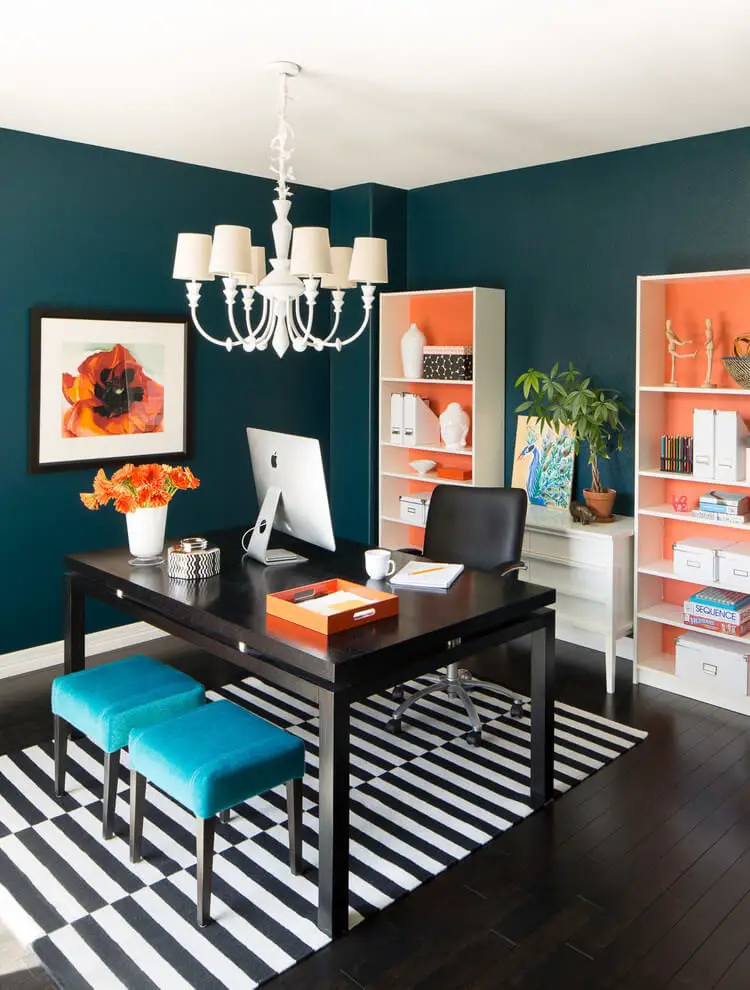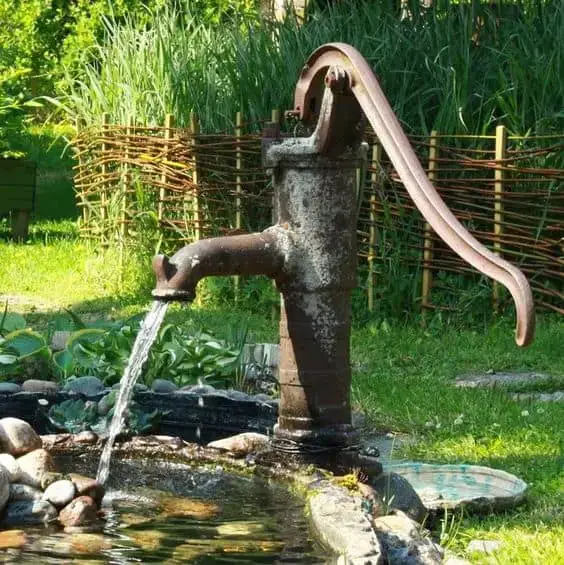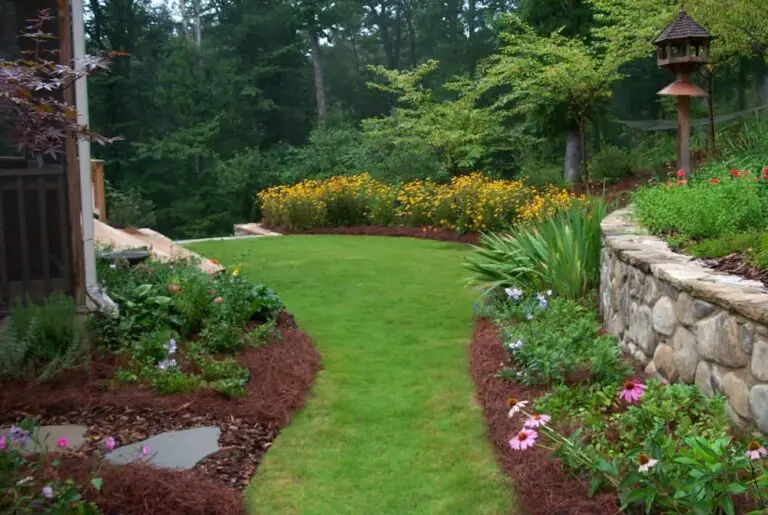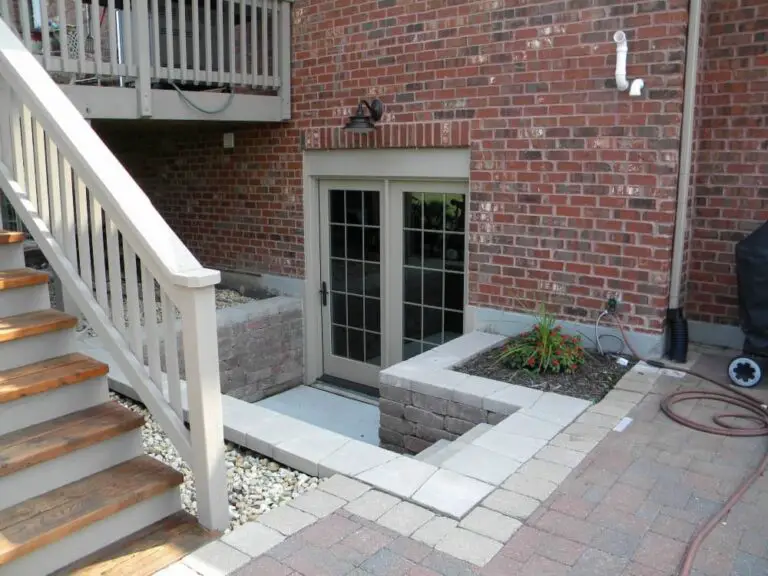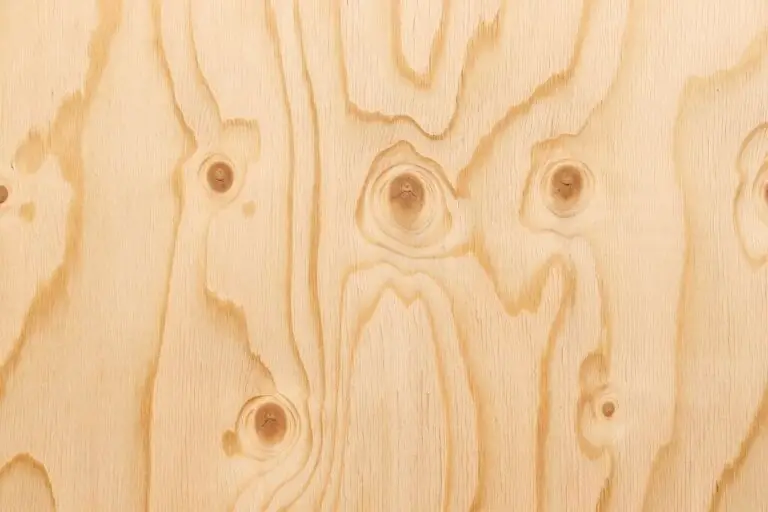Why Do Your Plants Die And How To Avoid It?
Are you a plant serial killer, unintentionally killing off your houseplants without realizing it? If so, this article is for you! With some basic knowledge and proper care, growing plants can be easier than you think. There are many reasons why we kill plants, but by understanding the most common mistakes that lead to plant death, you can avoid making them in the first place.
This article highlights 15 common errors that can cause houseplants to fail, from choosing the wrong plants to neglecting proper watering and fertilization techniques. By being aware of these potential pitfalls, you’ll be better equipped to provide your plants with the right environment and care for them to thrive.
Choose The Wrong Plants
How often have you found yourself at the nursery, selecting stunning plants without a clear understanding of how to care for them? The quality of these plants is not necessarily an issue – it’s simply a matter of being uninformed about their life cycle, flowering and fruiting periods, as well as their specific light, soil, and water requirements. This lack of knowledge can lead to disappointment and ultimately, the demise of the plant.
In many cases, this experience leads to a decision to abandon the plant, allowing it to wither away due to neglect. To avoid such outcomes, it’s essential to approach plant selection with a basic understanding of what each plant needs to thrive, rather than relying solely on aesthetics.
How To Avoid This Error ?
Understanding a plant’s life cycle, growing habits, and environmental preferences is crucial for its successful maintenance. This information includes whether it’s an annual, perennial, or perennially-reproducing plant, as well as its tolerance for sun, shade, and potting conditions. The duration and timing of flowering are also significant factors to consider. Having this knowledge allows us to better care for our plants, increasing the likelihood of their health and longevity.
Moreover, some plants may not thrive due to inherent sensitivities rather than any fault of ours. Certain species may struggle in containers or require specific environmental conditions that we may be unable to provide. By recognizing these limitations, we can make informed decisions about which plants to choose for our homes and gardens.
Do Not Change The Potted Plant

Many times, plants arrive at our homes already reaching their maximum growth potential in the pot they came in. We often find ourselves wondering why they’re struggling or even dying after months of being in the same container. In reality, most plants require a more suitable substrate for optimal development, which is frequently not provided by their original potting mixture. Moreover, these plants need room to expand and establish a healthy root system, allowing them to thrive and grow.
Unfortunately, impulse buys can sometimes lead to this situation, as we may not have the necessary vase or planter on hand. In such cases, we’re left waiting until we can get to a nursery or garden center like those found in Niagara Falls, NY.
How To Avoid This Error ?
When purchasing a new plant, it’s often ideal to acquire the necessary substrate and container simultaneously. However, having a small stock of substrates (approximately 10-15 liters) on hand can be beneficial for future planting needs. These smaller bags are portable and can be stored in various locations. For those who don’t wish to invest in containers, repurposing an existing one at home can be a cost-effective solution.
Wooden crates, baskets from household items, or even canvas bags from supermarkets can serve as makeshift planters. When selecting a container for your new plant, it’s essential to ensure that it is larger than the original pot by just 2-3 cm in diameter or length. Within a period of 4-5 days, you should transplant the plant into its new pot and replenish the substrate accordingly.
To promote healthy growth, always maintain the same height as the plant had in its original pot, neither buried nor exposed, and don’t forget to provide adequate drainage.
Choose The Wrong Substrate
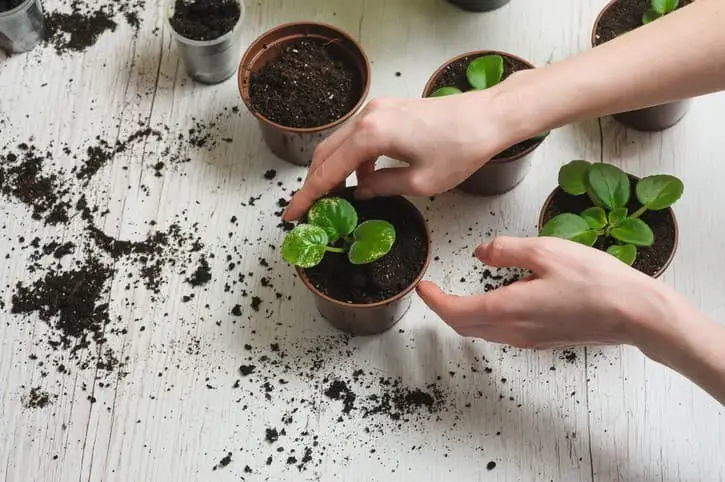
When selecting a substrate for your plants, it’s crucial not to settle for the cheapest option without doing your due diligence. A little research can go a long way in making an informed decision. It’s easy to fall into the trap of choosing the most affordable option, but this approach often stems from a lack of understanding about the specific needs of different plant species.
Like people and animals, plants are living organisms that require sustenance, nourishment, and optimal conditions to thrive. Each type of plant has its unique set of requirements, including substrate preferences, which can range from acidic soils to organic matter-rich substrates or even impoverished ones.
By taking the time to learn about these differences, you’ll be better equipped to provide your plants with the perfect environment for growth, ultimately leading to healthier and more resilient specimens.
How To Avoid This Error ?
When selecting a suitable substrate, it’s essential to consider the type of plant you’re working with and ensure the chosen medium allows for optimal growth. With various substrates available on the market catering to different types of plants, such as vegetables, cacti and succulents, aromatics, acidophilus plants, and flowering plants, choosing the right one can be a daunting task. If you plan to combine multiple plants in the same pot, it’s crucial to prioritize the most demanding substrate.
In this case, if you’re combining an aromatic plant with a horticultural one, for instance, selecting a vegetable-specific substrate would be the best approach. Ultimately, combining plants with vastly different substrate requirements can lead to suboptimal growth and development.
Use Wrong Or Excessive Fertilization
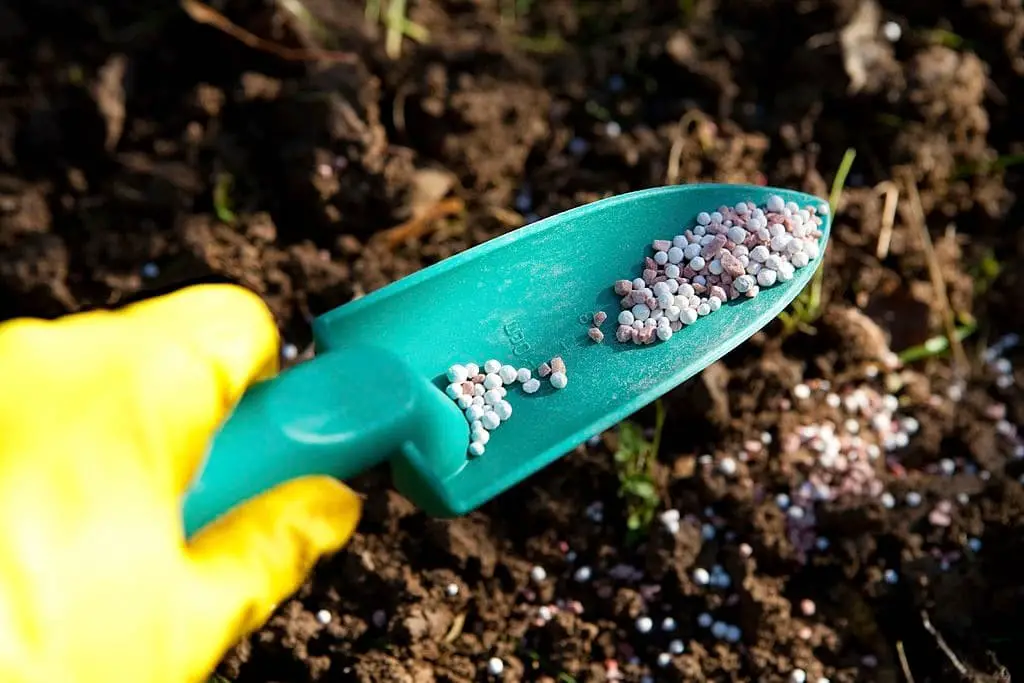
Many gardeners mistakenly believe that if their plant looks underwhelming, a dose of fertilizer will instantly revive it. However, this approach can have unintended consequences. When we over-fertilize, we’re essentially forcing the plant to grow faster and making it more susceptible to pests and diseases. Moreover, excessive fertilizers can even be toxic to the plant, ultimately leading to its demise due to an overload of salts in the soil.
While potted plants do require some form of nourishment, it’s crucial to choose between synthetic or natural options like earthworm humus. Before applying any fertilizer, we should understand its composition, intended purpose, and recommended frequency. It’s also important to recognize that plants often enter a period of vegetative rest, where growth slows down not because they’re weak but because it’s a natural part of their cycle.
At this stage, they require less water and sunlight, not more fertilizers.
How To Avoid This Error ?
To minimize the need for fertilization, consider using a high-quality substrate and incorporating compost, earthworm humus, or other nutrient-rich materials into your planting routine. When initial planting, opt for an organic fertilizer that provides nutrients as needed, rather than over-fertilizing at once. In most cases, you’ll only need to re-fertilize every 9 months.
However, if you’re growing vegetables or fruit trees, you may require more frequent fertilization – ideally once a month during the production period. Notably, many substrates come pre-fertilized, allowing for extended periods without additional application. This approach not only reduces waste but also promotes healthy plant growth. One important caveat is to avoid fertilizing in winter, as plants are typically in a resting phase and won’t utilize the nutrients.
By adopting this strategy, you’ll be able to maintain your plants’ well-being while minimizing unnecessary fertilizer use.
Plant In The Wrong Season
When we fall in love with a particular plant, whether it’s seen in a nursery, magazine, or blog post, we often rush to acquire it without considering the best time to plant. I frequently receive queries about planting seasons, particularly regarding winter bulbs like tulips, crocuses, freesias, hyacinths, and daffodils. The truth is that these plants require cold temperatures to break their dormancy and germinate, making them unsuitable for spring planting.
If we purchase winter bulbs in the spring, we can only plant them in autumn when the temperature has cooled down. It’s essential to understand the seasonal preferences of your plants, be it vegetables or flowers. Some veggies thrive in warm seasons, while others prefer cooler climates. Similarly, certain seasonal flowers may not fare well outside their natural season, even if they’re available out of season in nurseries.
These ‘out-of-season’ plants are often grown in greenhouses with controlled conditions, where their flowering and fruiting can be forced.
How To Avoid This Error ?
When it comes to perennial plants that take at least three years to complete their life cycle, autumn or spring planting is generally the best approach. In contrast, annual flowering plants have different needs, depending on whether they bloom in autumn and winter (like pansies, calceolaria, field daisies, and primroses, which thrive when planted early in the autumn) or spring and summer (such as petunias, begonias, portulacas, and cosmos, which do well when planted late in the spring).
Water Wrongly

In potted gardens, watering can be the most labor-intensive task (unless you opt for a compact drip irrigation system). It’s essential to acknowledge that plants require more hydration in containers or pots compared to those grown directly in the ground. This is because their root systems are naturally smaller and serve as a storage site for water absorption, making them more vulnerable to drought.
How To Avoid This Error?
When it comes to hydrating small and delicate plants, attention to detail is crucial. For optimal results, use a ‘shower nozzle’ attachment on your watering can to deliver a gentle and controlled stream of water directly to the earth (substrate) rather than the leaves. This approach ensures that the roots receive the necessary moisture without leaving the foliage vulnerable to fungal diseases or other issues.
In contrast, seedlings require a more targeted and precise application of water, making a sprayer the ideal tool for this task.
Overwater
In reality, the leading cause of plant mortality is often overlooked – a lack of proper aeration around the roots. While water is essential for plant survival, it’s equally crucial to ensure that the soil provides sufficient oxygen for the roots to breathe. When excess water accumulates and prevents air from reaching the roots, it can lead to root asphyxia, ultimately causing the demise of the plant.
How To Avoid This Error ?
When it comes to watering your plants, it’s essential to pay attention to the subtle signs they give you. One key indicator is the soil moisture – only water when the top 3-4 cm of soil feels dry to the touch using a stick or your finger. Be mindful of any changes in your plant’s behavior, such as the appearance of fungi or leaves turning a lighter green or yellowish hue. These signs can be indicative of excess water, which can cause more harm than good.
If you notice these warning signs, it’s best to halt watering for a few days and, in extreme cases, consider transplanting your plant to a pot with better drainage and fresh substrate.
Water Less
Water plays a vital role in plant survival, making it essential to provide plants with adequate hydration. When temperatures soar on hot summer days, it’s crucial to be mindful of when you water your plants. To avoid evaporation and ensure optimal absorption, consider watering them at the end of the day or early morning when the sun isn’t as intense. This simple yet effective approach can make a significant difference in keeping your plants thriving.
How To Avoid This Error ?
As a plant parent, it’s essential to develop an intuitive sense for your plants’ needs. One crucial aspect is monitoring their visual cues, such as wilting or shriveled leaves, which can be indicators of dehydration. To prevent damage, ensure you’re watering them before the situation becomes dire. If you’ve recently watered and the dish hasn’t been replenished, take it upon yourself to provide an additional dose until you see a trickle emerging.
Going forward, aim to water whenever the substrate appears dry, striking a balance between hydration and over-saturation.
Lack Of Drainage
The absence of effective drainage can be devastating for plants, as excess water has nowhere to escape. In fact, proper drainage is crucial for plant success, as it sets the stage for healthy growth from the outset. If not addressed, stagnant water at the bottom of vessels or containers can cause root suffocation, a condition that can be fatal to many species. By ensuring adequate drainage and planting methods, gardeners can maintain a thriving environment with minimal upkeep.
How To Avoid This Error?
To prevent a common pitfall, inspect your vase first. If it’s not already perforated, simply pierce it and add a layer of drainage material like expanded clay, gravel, or crushed ceramic shards from other vases at the bottom. This setup will ensure proper water circulation and help maintain the longevity of your substrate. For added protection and ease of maintenance, place a geotextile blanket or coffee filters over the entire surface.
This dual-layer approach not only improves drainage but also allows for effortless cleaning should any excess water need to be removed.
Put The Plant In The Wrong Light Conditions
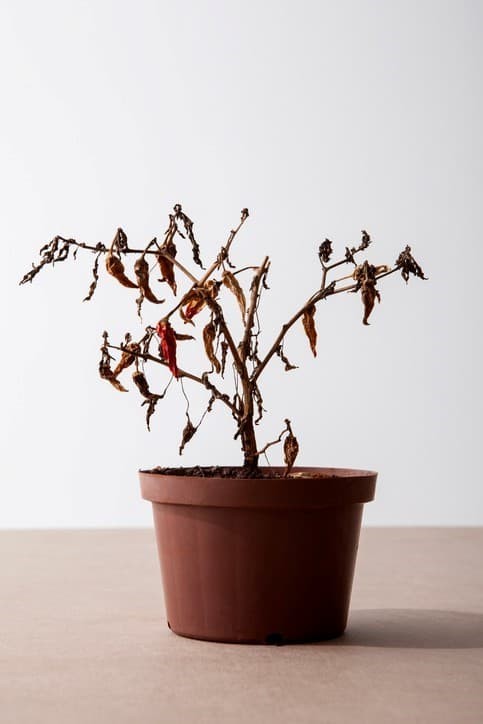
When it comes to lighting conditions, plants have distinct requirements. Failing to provide the right environment can lead to unhealthy development, pest infestations, and ultimately, demise. This common mistake is often overlooked, with many gardeners inadvertently causing harm to their plants. For instance, vegetables and herbs typically require at least five hours of direct sunlight daily to thrive.
Conversely, some species like hydrangeas and azaleas prefer limited direct sunlight and can tolerate fewer hours of overall light exposure. It’s essential to note that no plant can survive without at least 3-4 hours of daylight each day.
How To Avoid This Error ?
To circumvent this issue, two approaches are employed. Initially, the ambient light and sunlight conditions are assessed, followed by the selection of plants that thrive in these environments. By doing so, we effectively sidestep the challenge of combating nature.
Given the vast array of plant species adapted to diverse situations – excluding indoor bathrooms without natural illumination, as I’ve been repeatedly asked about this very topic in the blog – it becomes apparent that artificial alternatives are often the most practical solution.
Subjecting The Plant To Stress
We’ve all fallen into this trap before: purchasing a plant on the go, whether it’s during our morning commute or at lunchtime, and bringing it straight to work. The temptation is strong, especially when we spot a beautiful blooming arrangement outside a florist shop near our office.
How To Avoid This Error ?
When purchasing plants, remember they’re living beings and deserve careful consideration. Impulsive buys can cause undue stress, which can have negative consequences. When bringing new plants home, make sure to remove the cellophane wrapping as soon as possible to prevent further stress. Next, give your plant a good watering, followed by a gentle spraying to help it settle in. Find a spot with the recommended light and temperature conditions to provide an optimal environment.
Many plants come with helpful labels that offer valuable care instructions – don’t discard these! If your plant is thriving, you can safely transfer it to a larger pot using a suitable substrate after two or three days.
On Indoor Plants, Spray Heavily In Winter
As the seasons change, our habits around indoor plants often shift too. During the scorching summer months, it’s natural to give them an occasional spritz to help keep them thriving. But when winter rolls around and the temperatures drop, we tend to forget all about those same plants, neglecting their needs in the process. What we may not realize is that our heated homes can quickly become dry environments, much like a desert, which requires special care from our indoor foliage.
How to avoid this error ?
In order to ensure the well-being and continued health of your indoor plants, it’s crucial to take into account the changing temperatures that come with winter. If your plants are situated in heated areas of the house, make sure to give them a good spritz of water periodically to maintain optimal humidity levels.
Throwing Away Plants That We Thought Have Died… But They’re Only Perennials
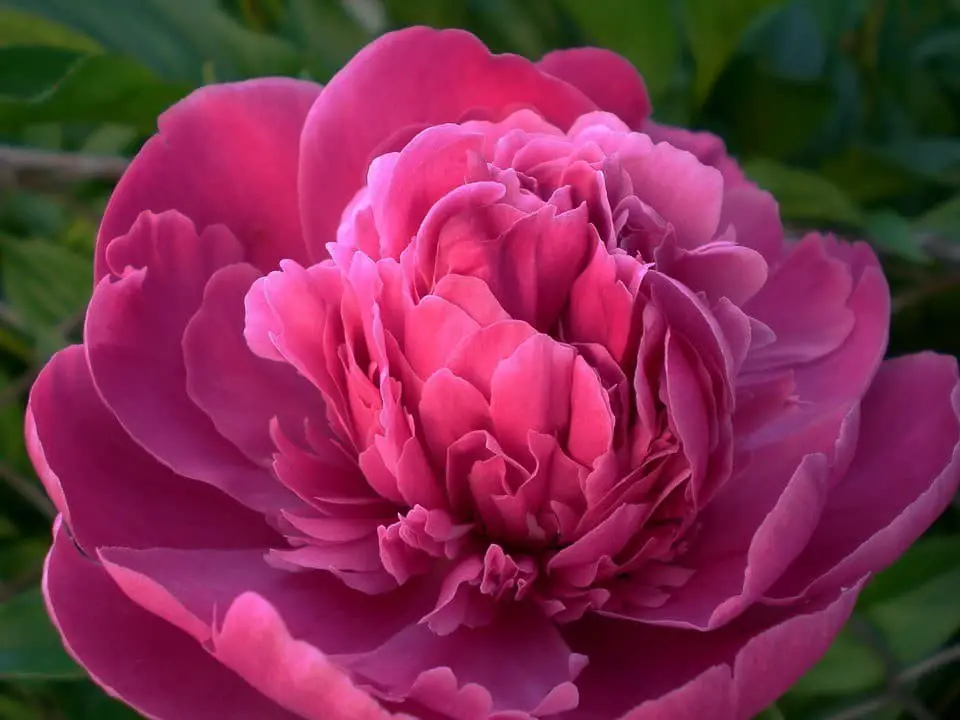
The life cycle of a new plant is crucial to understand. As we begin our journey with this new addition, it’s essential to determine whether it follows an annual pattern, completing its life cycle within a single year like pansies, petunias, and basil. Alternatively, the plant might be perennial, lasting for three or more years as shrubs and herbaceous plants such as marigolds and lavender do.
In some cases, the plant may belong to the category of perennials that experience dormancy during winter before regaining its aerial presence in spring or summer, exemplified by lotus, jasmine, and peonies.
How To Avoid This Error ?
To avoid making common errors when caring for plants, it’s essential to understand their life cycles. By familiarizing yourself with a plant’s natural growth patterns, you’ll be better equipped to identify when it’s healthy and thriving versus when it may need extra attention or care.
For instance, knowing that some plants experience a dormant period or go through a phase of rapid growth can help you avoid the mistake of mistreating them by assuming they’re dead when in fact they just need a little more time or TLC.
Change To A Pot That Is Too Big
When the time comes to replace our potted plants, often we opt for larger containers, under the assumption that this will prolong the period before needing another change. However, this approach can have unintended consequences. When transitioning to a bigger planter, we may need to add significant amounts of new substrate, which is fluffy and airy.
This might cause issues if the plant’s roots are accustomed to having a lot of free space, as it could become more susceptible to waterlogging and potentially suffer from root asphyxia or fail to establish itself properly.
How To Avoid This Error ?
When transplanting plants, it’s often recommended to upgrade to a vessel that offers a slight increase in volume while maintaining a similar substrate profile. The ideal new potting medium should be identical to the one your plant is currently thriving in, as well as compatible with the specific type of flora you’re cultivating.
Does Not Control Pests And Diseases In A Timely Manner
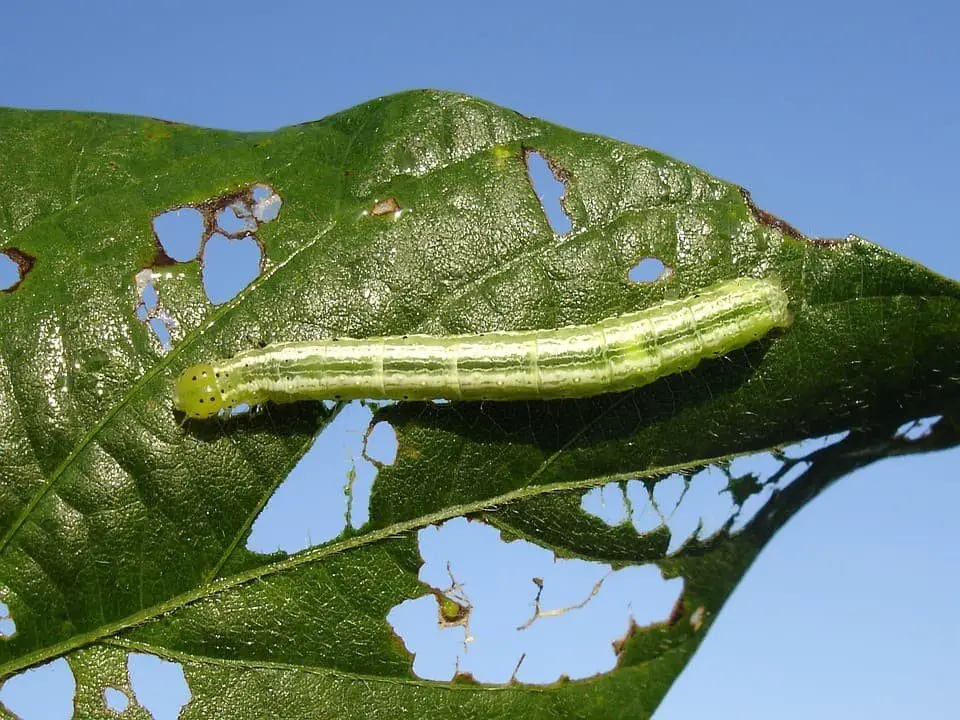
While plants grown indoors, on balconies or terraces tend to be less susceptible to pests and diseases, it’s still crucial to exercise caution when selecting new additions. One should prioritize buying healthy plants and pay attention to warning signs, such as discoloration, spots, or dry ends, which are never a good indication of the plant’s overall health.
Rather than resorting to chemical treatments, many growers opt for more organic solutions, especially when dealing with vegetables and herbs, where harsh chemicals can be particularly detrimental.
How To Avoid This Error ?
Preventing pests and diseases from affecting your plants is always the most effective way to avoid the problems that come with them. Regularly inspecting your plants, ideally every 15 days, can help you catch many potential issues early on. This proactive approach will save you a lot of time and effort in the long run.
Removing dried and wilted leaves, flowers, and stems is crucial in preventing pests and diseases from taking hold.
When pruning back dead blooms, be sure to remove any weak or damaged stems as well, as these can impede future growth.
While indoor plants are generally less susceptible to pests and diseases, overwatering remains a common mistake that can still lead to the development of harmful fungi or bacteria. On the other hand, some plants may appear diseased when in fact they simply lack essential nutrients or experience imbalances in their environment.
As you gain more experience and develop an understanding of your plants’ unique needs, you’ll find it becomes easier to identify and address potential issues before they escalate into full-blown problems. By providing your plants with ideal conditions – including the right amount of light, temperature, water, and nutrients – you can greatly reduce the risk of pests and diseases taking hold.
Related Posts
To embark on a rewarding career as a plant breeder, one must follow a well-planned path. A crucial first step is to gain a solid understanding of botany and horticulture. This knowledge foundation can be acquired through formal education or self-study. In addition to theoretical knowledge, hands-on experience in a greenhouse or nursery environment is essential for developing practical skills.
Furthermore, networking with experienced plant breeders and participating in industry events can lead to valuable connections and opportunities for growth. For those seeking to cultivate their green thumb in the comfort of their own homes, there are numerous options available. Consider incorporating seasonal container plants into your outdoor spaces. Fall is an excellent time to do so, as it offers a diverse range of annuals and perennials that can add vibrant colors to autumn baskets.
Alternatively, you may prefer to focus on foliage plants that thrive in dry, shady conditions. For those seeking vertical accents, perennial and annual plants that grow upright provide a stunning display. Additionally, flowering Vinca plants are an excellent choice for beautifying outdoor locations with limited sunlight. Finally, the benefits of plant delivery services should not be overlooked, as they offer a convenient way to bring new life to your space.

